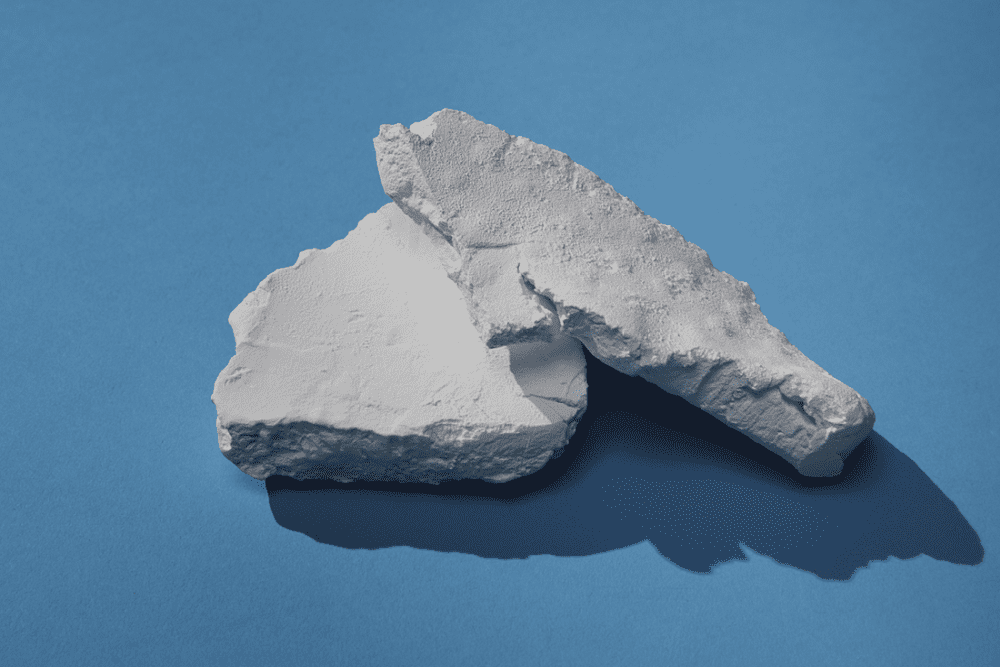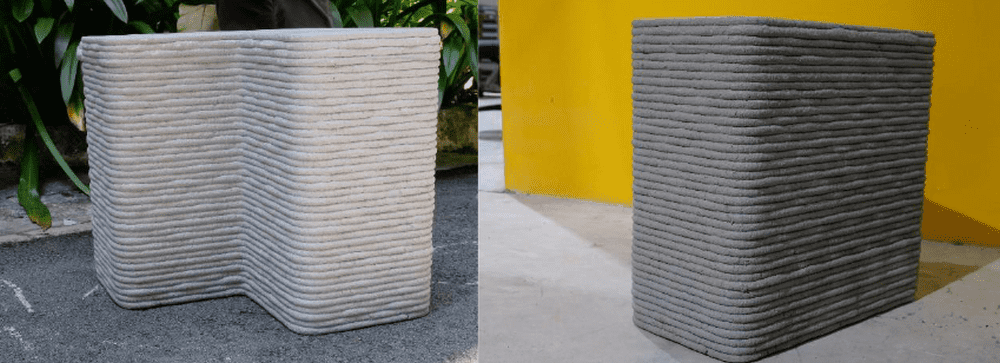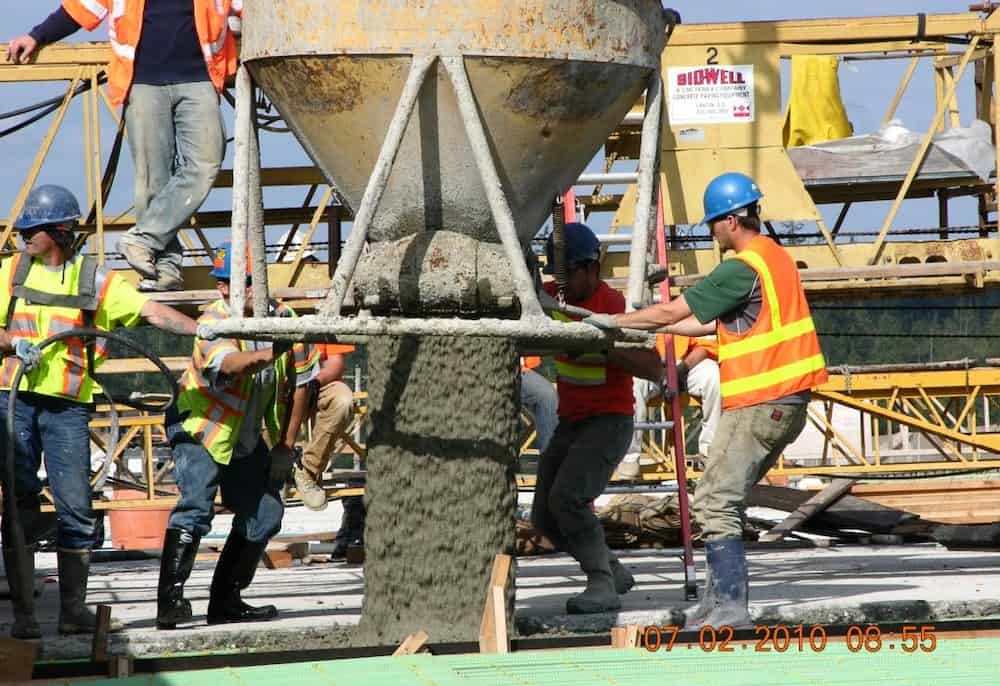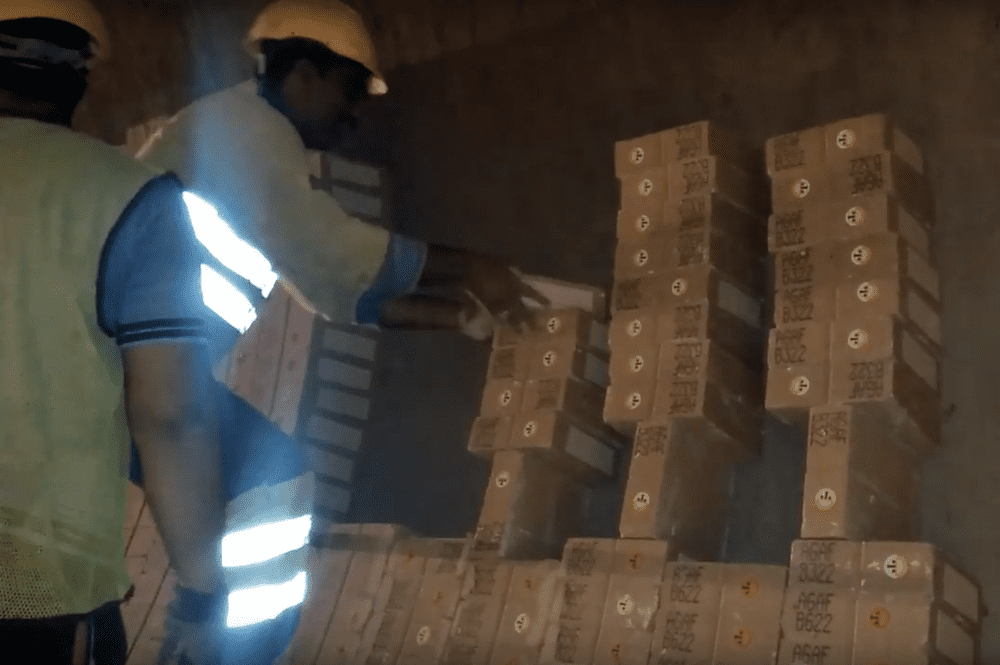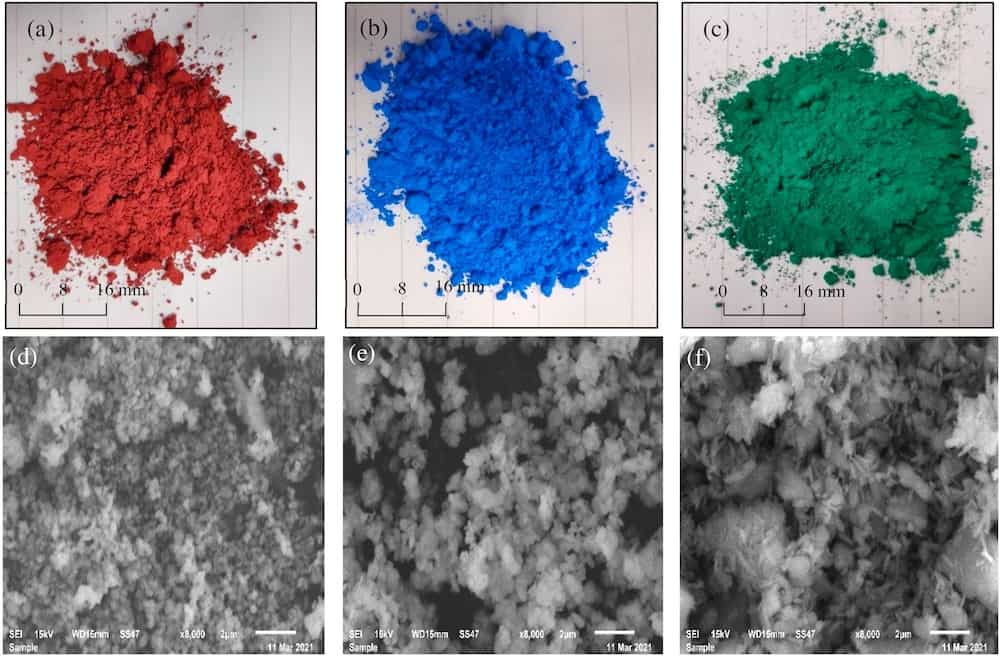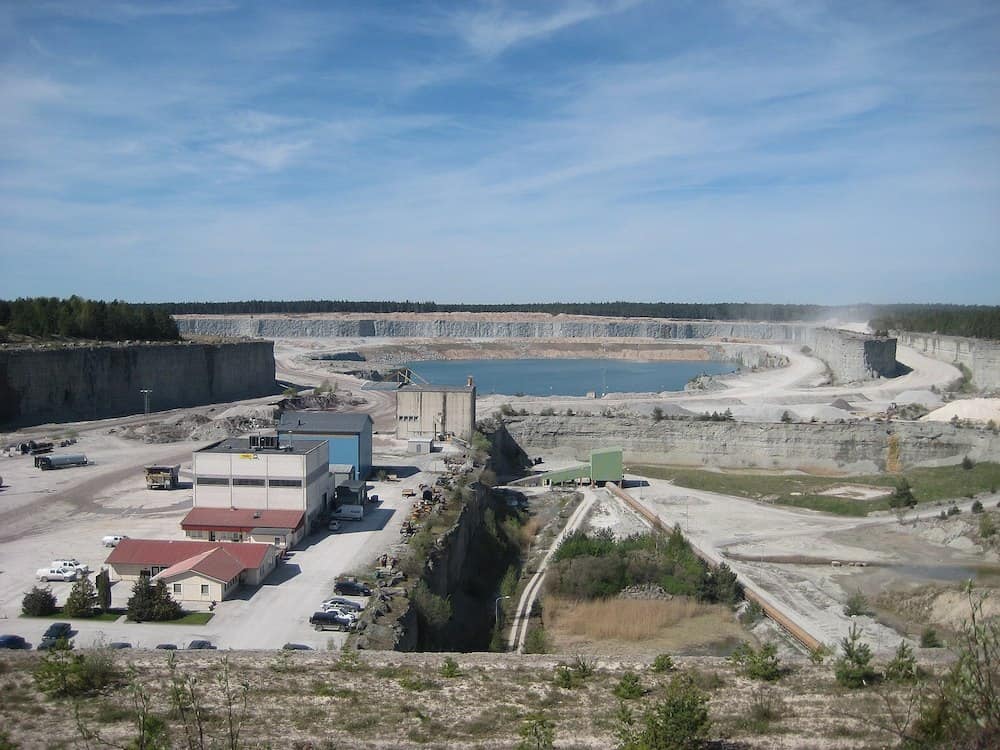The recent one-year anniversary of the National Science Foundation’s Directorate for Technology, Innovation, and Partnerships is a reminder of the federal government’s commitment to take a larger role in supporting the transition of use-inspired research from the lab to the marketplace. Ideally this support will allow more university researchers to follow in the footsteps of Sublime Systems, a spinout from the Massachusetts Institute of Technology that aims to commercialize a low-carbon cement technology.
Read MoreThe 12th Advances in Cement-Based Materials meeting, which took place July 10–13, 2022, at the University of California, Irvine, featured a variety of events, including a poster session, the Della Roy Lecture—and a 3D-printed anteater!
Read MoreWith sand in increasingly short supply, researchers are exploring alternative materials that can be used in the creation of concrete. Researchers from Nanyang Technological University, Singapore investigated the possibility of replacing sand and gravel with glass waste that would otherwise end up in landfills.
Read MoreCurrent industry practice for detecting and monitoring alkali-silica reactions in concrete requires destructive extraction and analysis of concrete cores. Argonne National Laboratory researchers explored the potential of using electrochemical impedance spectroscopy for nondestructive evaluation of this reaction instead.
Read MoreIn contrast to corals, the crucial role that oysters play in global ocean health is often overlooked by the general public. Fortunately, governments, conservation groups, researchers, and oyster growers have started seriously investing in oyster restoration projects along the U.S. Atlantic and Gulf coasts. One project by Virginia-based Lynnhaven River NOW not only helps oysters but puts recycled concrete to good use.
Read MoreSulfate attack is one of the most damaging causes of concrete deterioration. Two studies published this month look at the potential of new geopolymer mortars and the addition of nano alumina to improve concrete’s resistance to sulfate attack.
Read MoreSteel plates are the typical material used to join refractory ceramics in rotary kilns, but certain conditions can lead the steel to deteriorate and cause catastrophic wear. Researchers in Japan explored whether a basic mortar could be used instead of steel plates.
Read MoreAdding pigment to cement is one way to produce colored concrete. Researchers in China and Morocco showed that the content and purity of the pigment can have adverse effects on the cement’s properties.
Read MoreDespite concrete being the second most consumed material in the world, the global construction industry currently is experiencing a cement shortage due to the COVID-19 pandemic. Learn how a recent decision by the Swedish Supreme Land and Environmental Court may complicate Sweden’s cement production further in the coming months and years.
Read MoreWind instruments can be made from an array of materials because the sound depends mainly on how the air is shaped rather than the instrument’s body. Learn how a German mechanical engineer used 3D printing to design a trumpet out of concrete.
Read More
